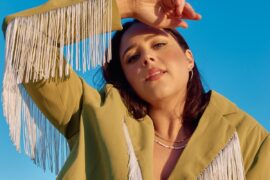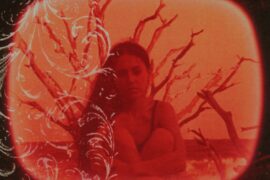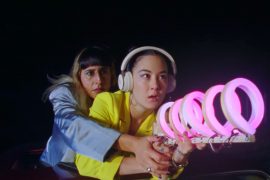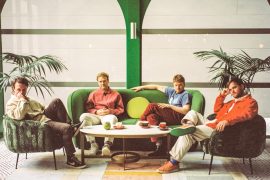Bursting at the seams with soothingly sentimental lyricism, ethereal instrumentation, and candor, Bruno Major’s third album ‘Columbo’ is a masterclass in storytelling and intimate production.
Stream: ‘Columbo’ – Bruno Major
Bruno Major has been capturing listeners’ hearts with his groovy guitar licks, heart-ache-inducing lyricism and vulnerable vocal performance since his debut album, A Song For Every Moon.
The British singer/songwriter has experienced both a musical and personal metamorphosis since, taking the time to explore a range of subgenres and sonic variations in his sophomore album, To Let A Good Thing Die. Major has journeyed to hone in on the ineffable qualities that compose his vast discography.
From soul shaking bass lines to multitudes of layered harmonies and guitar solos that feel transcendent, the artist has created a signature sound that blends rock, jazz and R&B subgenres to create his heart aching, deeply vulnerable and cinematic third album Columbo, released on July 21st via Harbour Artists & Music / AWAL Recordings.

The first inklings of Columbo began following COVID lockdown where Major had experienced “life FOMO.” During this time, Major experienced a rebirth of sorts. “Part of the reason I think Columbo is my most honest album is [because] lock down was this great equalizer. It forced us all to return to ground zero.” He elaborates, “You’re not going on tour, you’re not singing, you’re not performing and you can’t even write songs because you’re not inspired by your surroundings.”
Uninspired and unable to write, “I was desperate for experience, vitality and just life,” Major shares. With newfound freedom, Major began saying “yes” to everything and experiencing as much as he could to make up for lost time.
“That period of six to eight months was the most prolific in terms of my songwriting that I’ve ever experienced. And that’s really what Columbo is. It’s a diary of that explosion, post-lockdown.” That chaos led to the purchase of a 1981 280SL in Ivory White, affectionately called Columbo after its brown leather interior. Inspiration flowed in this car, “I just drove around Los Angeles, in this old car listening to the records that inspired the album” Major explains “I was driving down the PCH, with the wind in my hair, and really just thinking, ‘Oh my god, I’m not stuck in London’… So the car was really representative of a renewed autonomy and the return of liberty that we all experienced.”
However, tragedy struck when Major crashed his beloved Columbo, leading to the creation of the title track.
Oh, Columbo, Columbo
It’s time for us to say goodbye
Hold your tears and don’t you cry
Columbo, Columbo
I’ll see you on the other side
We’ll go for a sunset ride, you wait
Someday we’ll drive the world away
On the Pacific Coast Highway
The Columbo cover art features a multi layered, mixed media piece depicting an abstract image of Major’s crashed Mercedes.
The piece was hand crafted by Robert Shuttleworth, a friend and mastermind behind the singer/songwriter’s previous album artwork. Major’s wrecked car sits front and center for this album, however this is not the first time Major has documented his misfortune with automobiles. So you may ask, “What’s the deep metaphorical meaning behind years of discussing car crashes?” and Major’s response is, “If I’m honest, I just crash a lot of cars!”
“Hilariously, I actually tried to get insured on a car recently. They went on my Instagram and they found a picture of the crashed Columbo, and they’re like, ‘Sorry sir, we can’t insure you because we’ve just seen you’ve crashed a car.’”
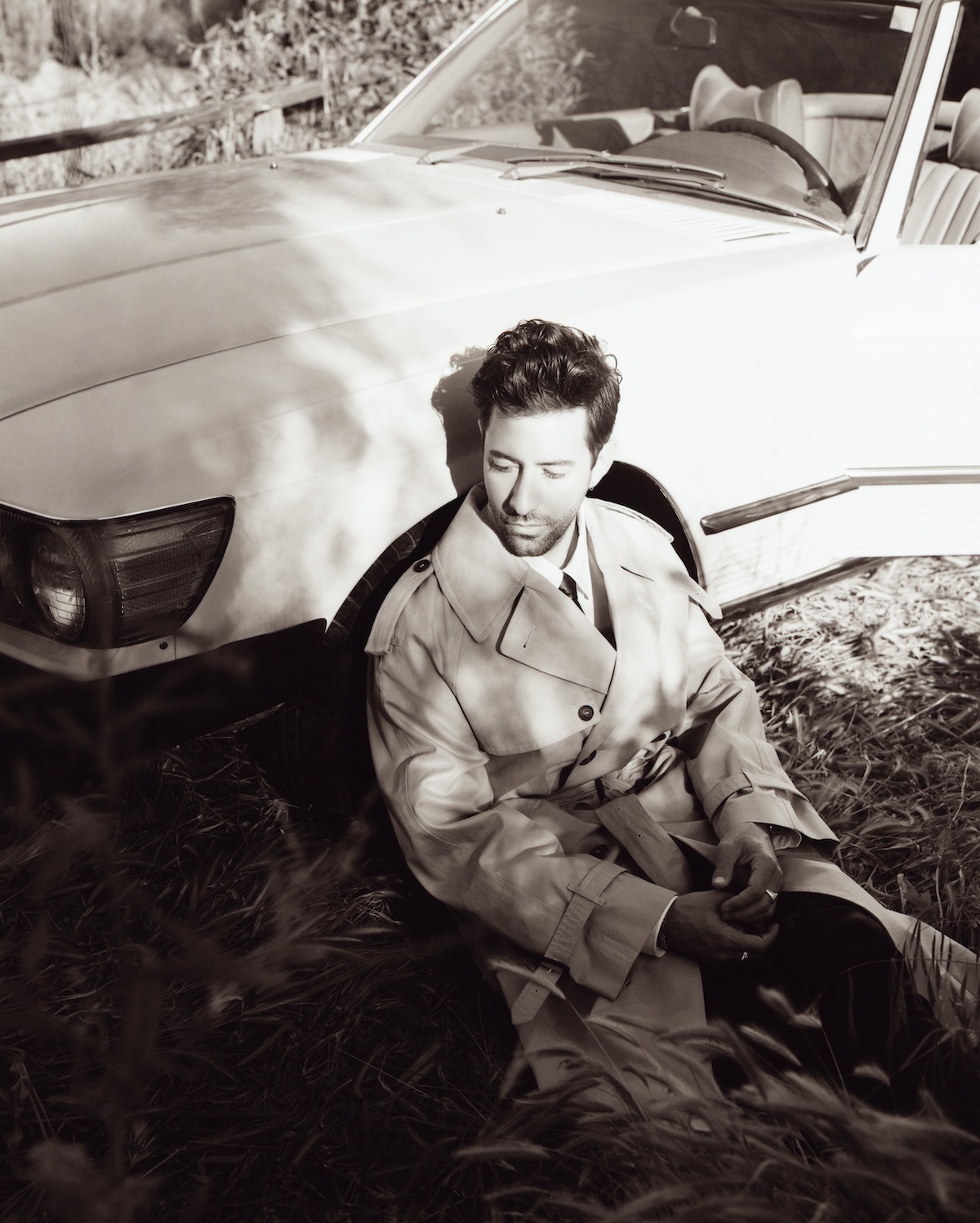
Major has rallied a team of friends and passionate creatives in the creation of his album, working closely with longtime collaborator Finlay Robinson – AKA Phairo. Major’s signature blend of genres was not built in a day, he shares: “My sound [that] I’ve developed is really a collaborative process with Finn. He’s an electronic producer… I think his sound paired with my sound is what made that Bruno Major album [sound.]”
The creative twin flames spent a year creating the album; from 12 PM until nightfall every single day, the two created a world of their own. “He’s willing to go so deep into the creative process, we really get lost just the two of us,” Major says, describing the collaboration. “I think you can hear it in the music, you can hear how much time has been spent, lost in this universe.”
The vast soundscape created by Phairo and Major was fueled by small superstitions, rituals, and bits the pair developed in the process of the album. “We started ordering these chicken wings from Maroush in London,” Major recalls. “We started eating them every day for three months – we started turning green and getting malnutrition… So we stopped eating them, but then we had a week where we just didn’t make any good music. So we were like, ‘Fuck it. Go back to the chicken wings.’”
Alongside chicken superstitions, “Finn is obsessed with the number 9,” the artist exclaims. “I normally do nine takes on my vocals, nine takes all the guitars, everything is saved as like, ‘mix 0.9.’”
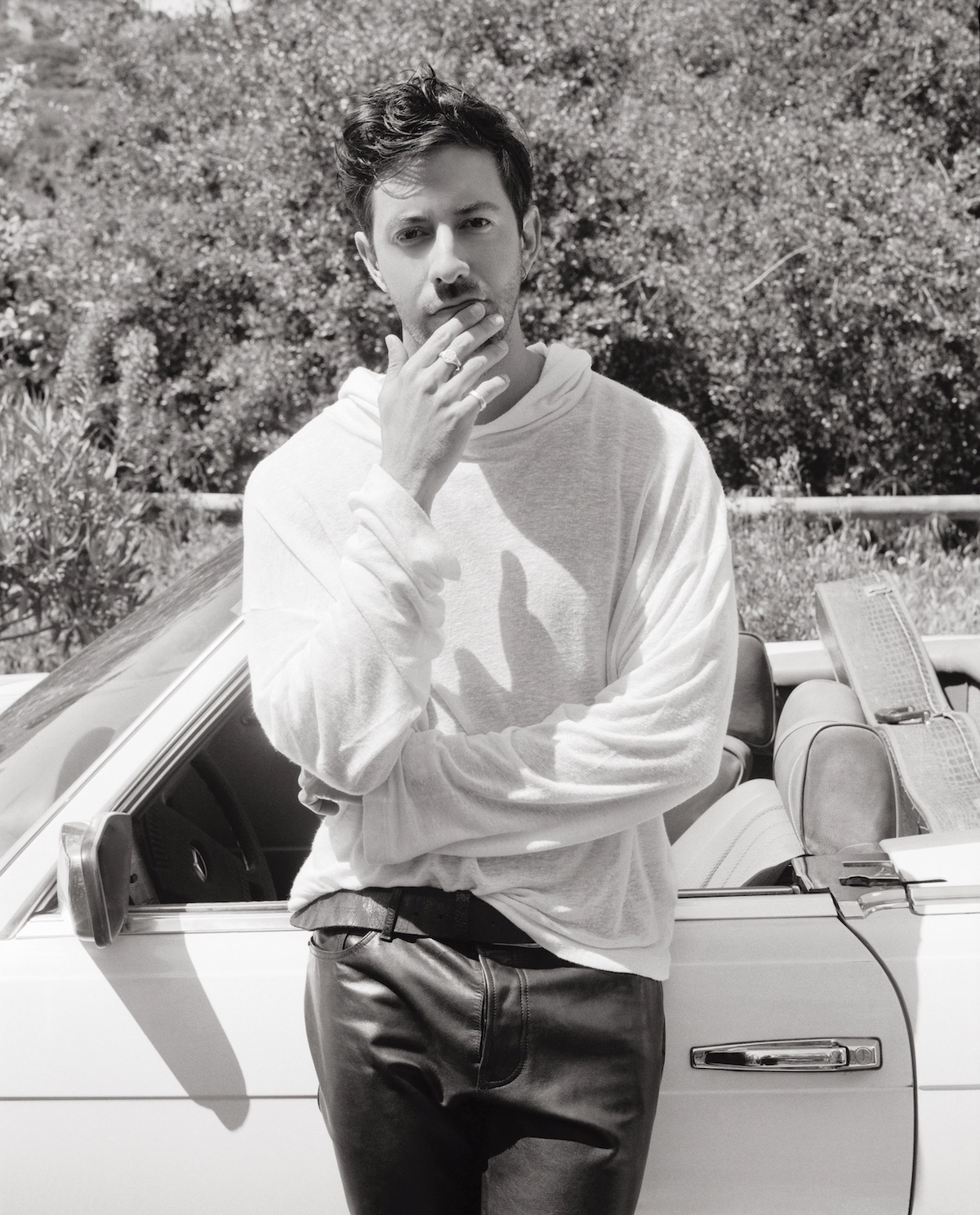
These small rituals and the bond the pair share were integrated into Columbo‘s sonic universe.
Listeners can catch glimpses into their collaboration in the opening of “You Take The High Road,” where Major can be heard gently saying, “I love these sounds.” In track 5, “When Can We Be,” following the line, “When the trains are on time,” Major can be heard making a soft “choo choo” sound.
“I love putting easter eggs like that in the music,” Major shares. “In ‘Columbo,’ there’s a bit where it says, ‘Crashed you under the setting sun,’ and as I say setting sun, I do this vocal and we pan it from right to left, because that’s what the sun does when it sets.”
Creating an intricate soundscape paired with instrumentation that tells a story, Major debuted his first fully instrumental tracks, “St. Mary’s Terrace” and “The End.” It was important to Major to maintain the same raw vulnerability in his instrumentation.
“When I first recorded ‘St. Mary’s Terrace,’ I did it in a beautiful studio… We were listening to the album and it felt too grandiose. So I recorded three takes on the old piano in my house. All that creaking is just because the piano is like 100 years old, and it’s a bit broken. But I just think it had a humility to it that suited the moment.”
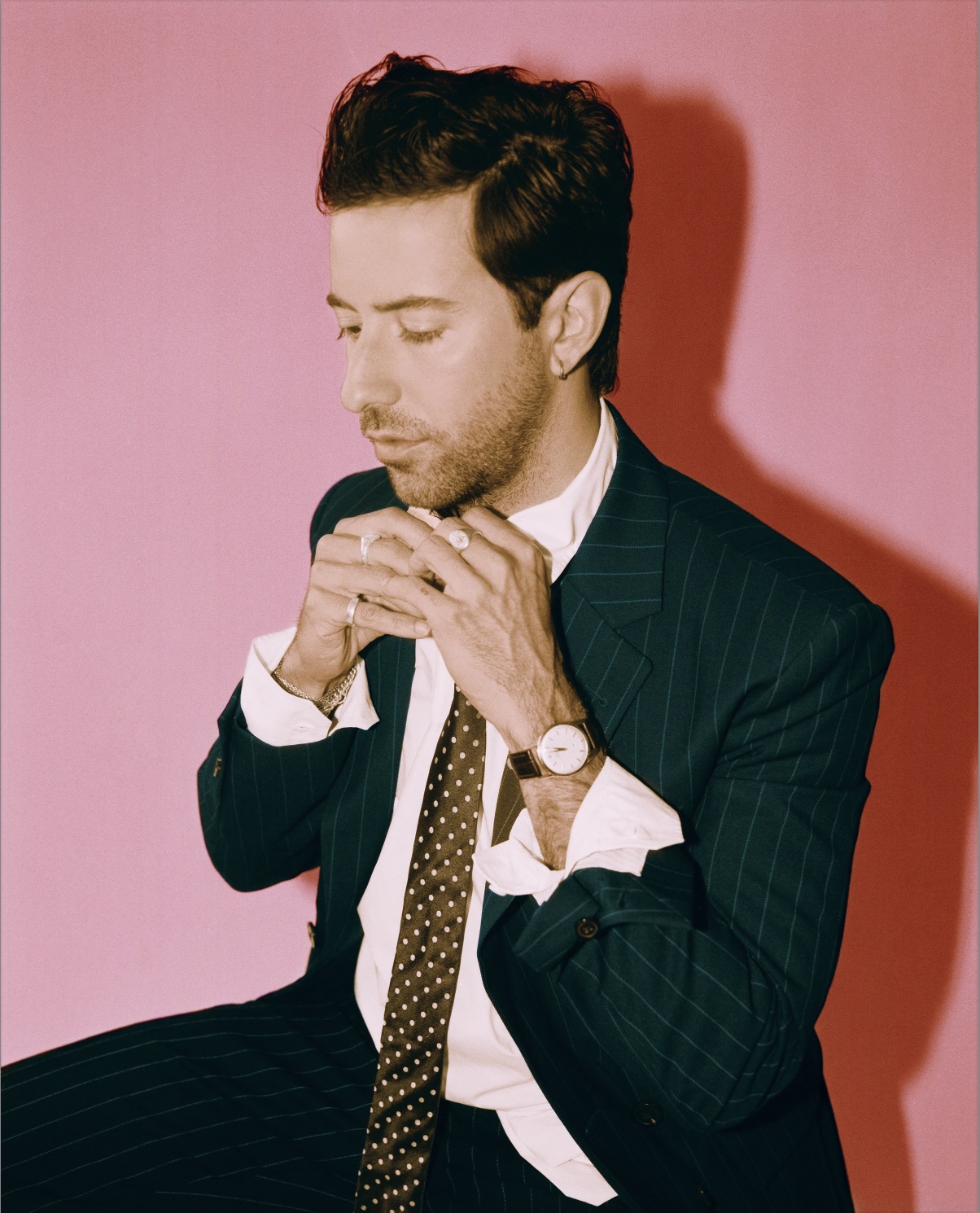
Baring his soul to the world in a sonic manifestation of love, loss, and freedom, the artist leaves a piece of himself in every creative endeavor.
“One of the most bizarre things about existing as an artist is that your soul is almost encapsulated [in your music,]” Major shares.
Join Atwood Magazine as Bruno Major takes us on a journey through the universe of his most vulnerable album, Columbo!
— —
:: stream/purchase Columbo here ::
:: connect with Bruno Major here ::
Stream: ‘Columbo’ – Bruno Major
:: Inside Columbo ::
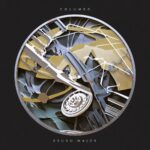
— —
The Show Must Go On
As a musician that duplicity of the version of yourself, you’re projecting socially and the version of yourself that you might feel like, is brought sharply into focus. Because on tour, for example, you have to get up every night in front of however many 1000 people and you have to be the romanticized idea of who they think that you are, which sometimes I am, but sometimes I’m not.
Tell Her
“Tell Her” is a letter of sorts, to a friend who saw someone I once loved very much at a party I wasn’t at, asking them to tell her all the things I should have told her myself but didn’t.
We Were Never Really Friends
“We Were Never Really Friends” paints a picture of the blurry line between friends and lovers. Ostensibly lamenting the loss of a good friend, until the ultimate realization arrives that it was always something more.
A Strange Kind of Beautiful
[The track] toys with the idea of the simultaneous beauty and tragedy in love. [Illustrating] the travesty that a bond shared by two people can’t adequately be expressed to or understood by others, but also acknowledges that that is what makes it uniquely beautiful and special.
You Take the High Road
It was a song I wrote to my brother, it was actually the first song I ever wrote. I wrote it because I had some things to say… At the time, I felt a little defeatist. That song was really the start of my career and the start of me being able to express myself artistically through music, and songwriting. When I put it on the album now, it actually feels really triumphant.
18 / Tears in The Rain
“18,” “Tears In Rain,” and “You Take The High Road” are all about family members… They’re all really some of the most deeply personal songs I’ve ever written potentially. “18” is about two family members that I lost to suicide when I was younger and that was a very profound event for me, kind of changed my life and it took me a long time to process. Which I think is why I was only comfortable writing about on my third album, even though it happened, before I started writing songs at all. And “Tears In Rain” I wrote about my grandmother who passed away.
St Mary’s Terrace
When I record tracks on my iPhone it always comes up with the place where you wrote it… I almost started writing it as a song but I just felt like it said enough. And in terms of the album, I think it needed that moment of reflection. You know in church service, sometimes they’ll have music for reflection. That’s what “St. Mary’s Terrace” is, it’s music for reflection.
Trajectories
“Places We Don’t Walk” was definitely something I took inspiration from with “Trajectories,” in terms of the feeling of it. And “To Let A Good Thing Die” also, they almost feel like a trilogy of songs to me… They carry a similar emotion, but Trajectories” is more of an open book.
The End
The album needed a bookend. And it’s like the credits are rolling, and the curtains are drawn… All of my other albums have ended on a piano ballad. So I kind of didn’t want to do that again. And you can just kind of hear at the very end like me singing off into the distance and then there’s like, final quiet chord. Just feels very final, like the end of the dream.
— —
:: stream/purchase Columbo here ::
:: connect with Bruno Major here ::
— — — —

Connect to Bruno Major on
Facebook, Twitter, TikTok, Instagram
Discover new music on Atwood Magazine
© Neil Krug
:: Stream Bruno Major ::

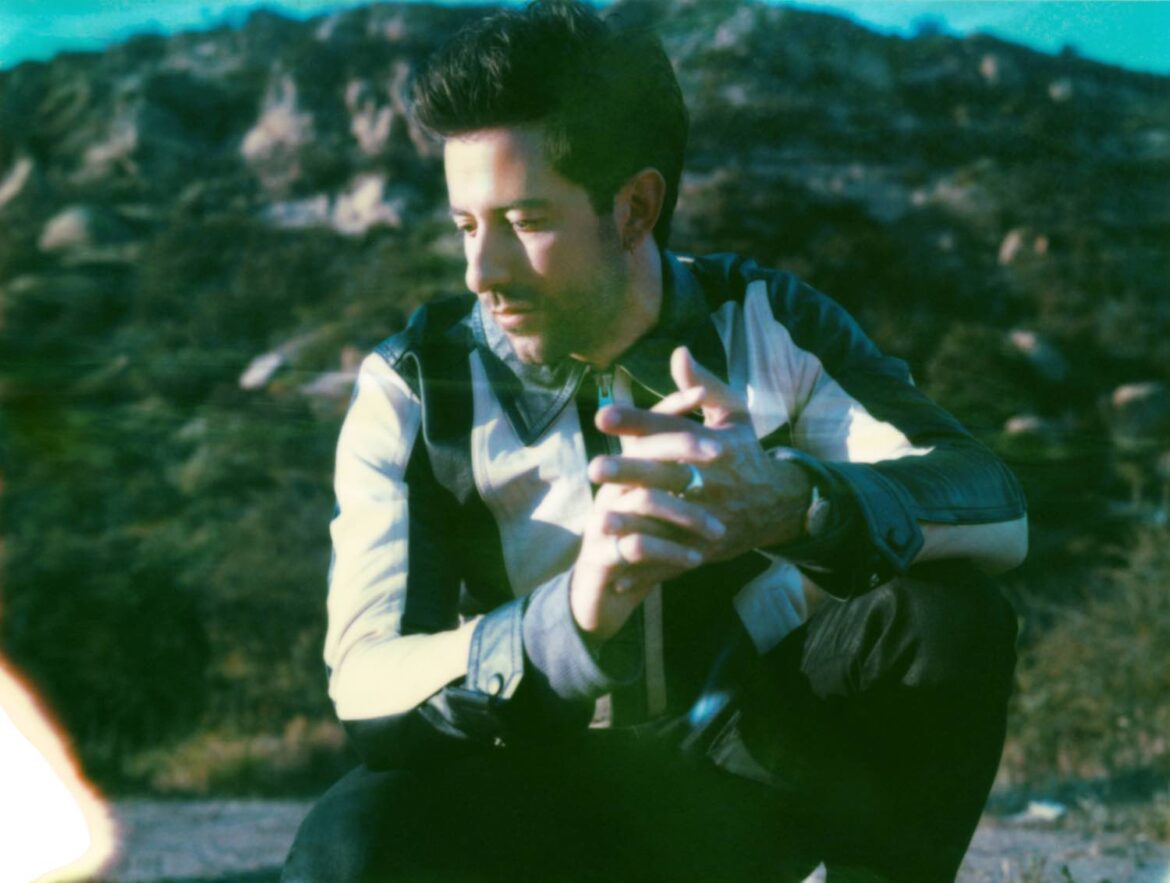
 © Neil Krug
© Neil Krug